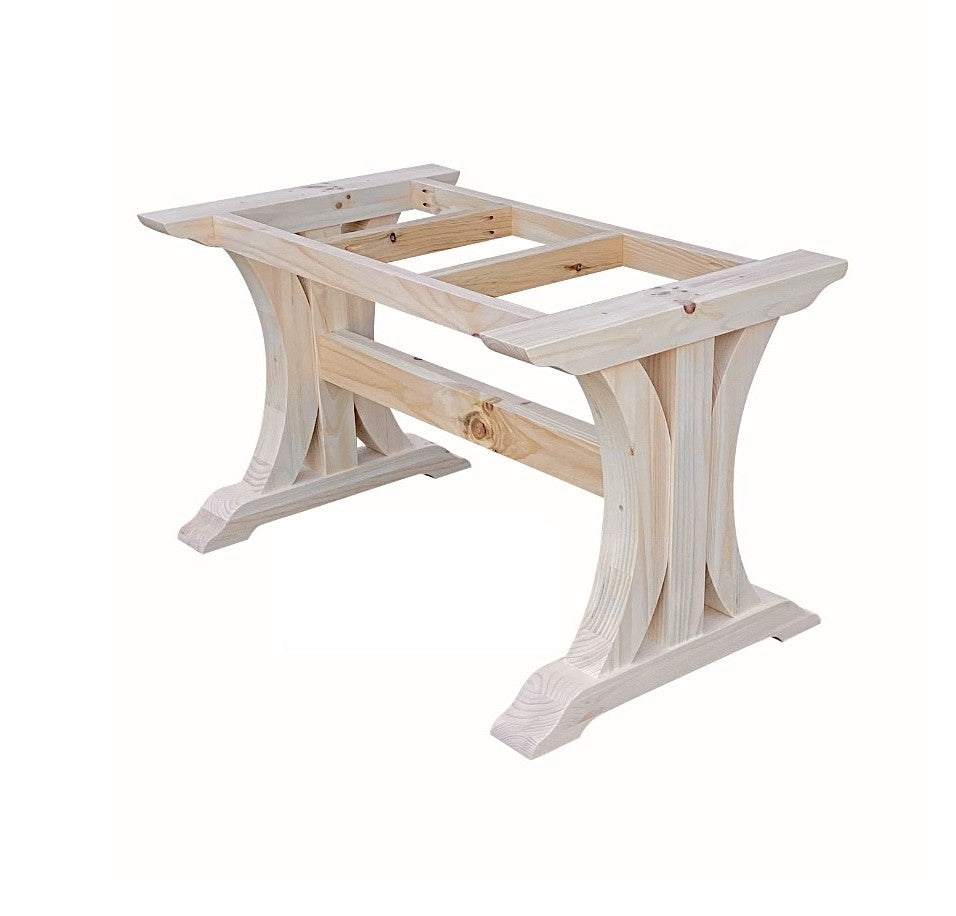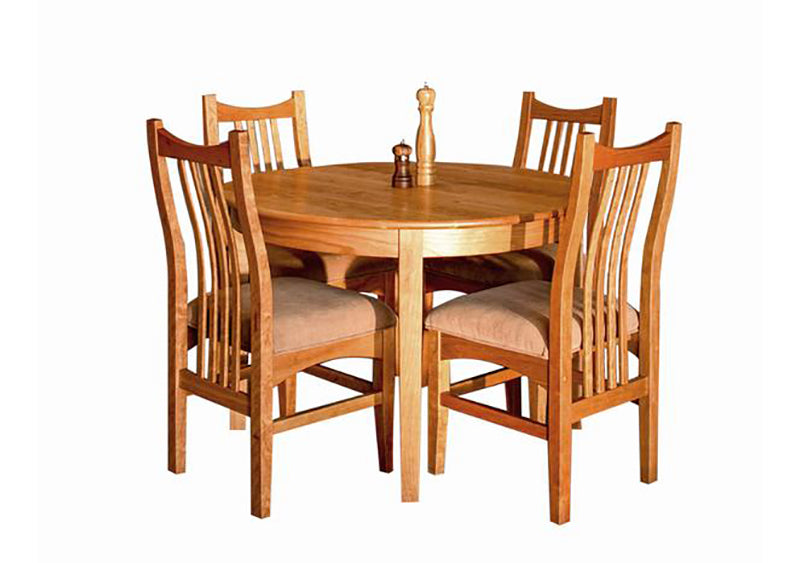Dining Room Table Legs: A Guide to Selecting the Right Style for Your Home
From Standard to Modern: Find the Perfect Dining-room Table Legs for Your Style
The choice of eating room table legs plays a crucial function in defining the overall personality of your area, linking the space between traditional workmanship and modern aesthetics. While traditional designs such as cabriole and transformed legs evoke a feeling of timeless elegance, modern styles like barrette and geometric options present an opportunity for striking aesthetic interest. Examining the right balance in between these styles needs a nuanced understanding of your existing decoration and individual preference. As you think about these elements, the question remains: how can you flawlessly integrate these varied leg designs to develop a harmonious dining experience?
Comprehending Table Leg Styles
The range of eating space table leg styles can substantially affect both the looks and capability of the area. Each leg design adds unique aesthetic elements and practical features, catering to diverse design preferences and use requirements. Understanding these styles is important for choosing the best dining table that aligns with your general indoor design vision.
For example, conical legs supply a clean, timeless look that can enhance a room's style, while stand bases give stability and make best use of legroom, making them ideal for smaller sized rooms. Barrette legs, a trademark of mid-century contemporary design, present an industrial flair, enabling for a ventilated, open feel. Trestle legs stimulate rustic appeal, providing durable assistance and a sense of timelessness.
Wooden legs can bring warmth and structure, whereas metal choices often share a sleek, modern ambiance. Eventually, comprehending table leg designs is important for producing a cohesive dining location that shows individual design while making sure usefulness and comfort.
Typical Table Leg Options
When selecting dining-room table legs, typical choices typically personify classic elegance and workmanship. These designs mirror a rich heritage and a commitment to high quality, making them perfect for those that value timeless visual appeals.
Among the most legendary conventional leg styles is the cabriole leg, characterized by its elegant rounded form. This layout frequently features ornamental carvings and is most typically located in Queen Anne and Chippendale furnishings. An additional popular option is the transformed leg, which flaunts a series of smooth, rounded shapes that offer a timeless look while maintaining stability.
Furthermore, the straight leg, while easy, offers a durable and basic framework that can mix effortlessly with a selection of tabletop styles. For those attracted to ornate outlining, claw-and-ball feet legs evoke a feeling of magnificence and can work as a magnificent prime focus in any type of eating area.
Finally, pedestal bases, although not strictly legs, provide an alternate standard option that allows for ample legroom and can be magnificently sculpted. Each of these typical leg designs adds to the general setting of a dining-room, weding feature with visual appeal.

Modern Table Leg Layouts
Modern table leg styles use a varied array of designs that stress innovative products and clean lines. These styles usually prioritize performance while acting as striking focal points within a dining area. Minimalist looks are prevalent, with legs crafted from products such as steel, glass, and crafted timber, which add to a modern and airy feeling.
One preferred design is the hairpin leg, defined by its slender, conical structure that supplies stability without frustrating the table top (dining room table legs). This style is commonly located in mid-century contemporary furniture and can effortlessly enhance numerous table forms. One more pattern best site is the usage of geometric shapes, where legs may take on angular or unbalanced forms, adding aesthetic passion and a touch of virtuosity

Blending Designs for Special Areas
Commonly, home owners look for to produce distinct dining spaces that mirror their individual style by blending numerous design elements. This strategy permits the consolidation of diverse aesthetic appeals, causing an unified yet unique environment. Combining a rustic wooden table with streamlined, contemporary metal legs can create an eye-catching comparison that elevates the area's general allure.
Additionally, incorporating vintage table legs with contemporary tabletops can stimulate a sense of background while maintaining a contemporary sensibility. Such mixes not only display individual taste but additionally motivate creative thinking, enabling homeowners to curate a room that really feels both individual and inviting.
Shade plays an important duty in this mixing process; picking table legs that match or comparison with the existing color system can improve aesthetic interest. For instance, whitewashed legs can soften the daring of a dark table surface, producing a balanced aesthetic.
Tips for Picking the Right Legs
Selecting the right table legs is crucial for achieving both performance and hop over to these guys visual charm in your eating space. Begin by taking into consideration the overall design of your area. Standard setups benefit from legs that feature elaborate makings or transformed styles, while modern spaces may require smooth, minimal designs.
Next, evaluate the elevation and security of the legs. dining room table legs. Standard dining tables range between 28 to 30 inches in height, so make helpful site sure the legs enhance this dimension for convenience. Additionally, durable products, such as wood or steel, can boost security and long life
Review the leg shape as well-- options include straight, tapered, or pedestal styles. Straight legs supply a timeless appearance, while conical legs can include a touch of style. Pedestal bases offer enough legroom and are excellent for smaller sized rooms.
Verdict
In recap, picking the optimal eating space table legs needs careful consideration of both traditional and modern styles. Traditional alternatives such as cabriole and transformed legs offer timeless elegance, while modern-day layouts like barrette and geometric shapes provide a modern touch. By balancing leg style, elevation, and product with the general decoration, a cohesive and inviting atmosphere can be accomplished. Ultimately, the chosen table legs need to mirror the preferred aesthetic, boosting the eating experience within the space.
The selection of eating space table leg designs can substantially influence both the aesthetics and functionality of the area. Inevitably, comprehending table leg styles is necessary for creating a natural eating location that shows individual style while making sure functionality and comfort.One of the most renowned typical leg styles is the cabriole leg, defined by its graceful rounded shape. Straight legs use a traditional appearance, while tapered legs can add a touch of style.In summary, choosing the suitable dining area table legs requires cautious factor to consider of both typical and modern styles.